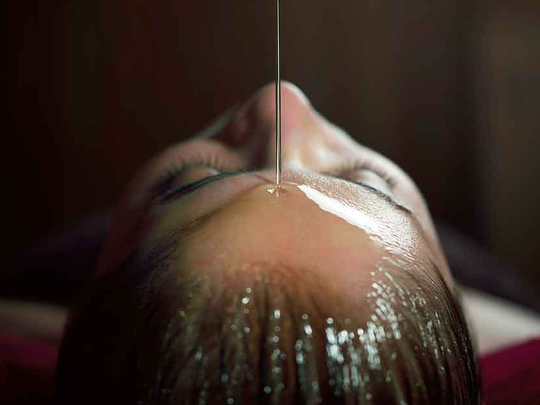
Seated in his wood-panelled office in New Delhi, Shripad Yesso Naik, Minister of State for Ayush (ayurveda, yoga and naturopathy, unani, siddha and homoeopathy), controls the destiny of a sprawling and chaotic alternative wellness and healing industry. India’s newest ministry is part of a push towards leveraging the country’s ancient healing systems.
Naik lists the signing of the project collaboration agreement (PCA) with the World Health Organisation (WHO) in May 2016 as Ayush’s biggest achievement. “The PCA will help us popularise our indigenous wellness industry,” he says. “Two years ago, we set up a regulator for traditional drugs in the ayurvedic healing system that is establishing new benchmarks against which drugs can be judged. The collaboration will help us modernise systems, invest in research and integrate them with modern medicine, an advantage for India if we want to take a lead in the global medical tourism industry.”
Experts are clear about the fact that collaboration with the WHO would bring in much-needed regulation to an industry that lives by its own rules.
“Almost every corner of the country has a yoga centre or an ayurvedic/panchakarma centre and clinic. But most run rather haphazardly. There are no protocols to guide their functioning,” says Nikhil Kapur, co-founder of Atmantan, a luxury destination spa that offers alternative healing therapies.
According to Anil Kumar Ganeriwala, Joint Secretary, Ayush, the alternative healing industry, once considered too small and fragmented, has acquired heft. “Every industry needs some regulatory framework under which it can function, or you have unscrupulous people trying to exploit the innocent.”
Ancient health and healing practices such as ayurveda and yoga are based on specialised scientific processes that can harm as much as they can benefit, if used without knowledge. Deepika Mehta, famous yogini and a student of ashtanga yoga points out cases of people learning yoga from a book.
“Many people who don’t hire a trained yoga practitioner, get the postures wrong and can end up hurting themselves, sometimes permanently,” she says. We need to ensure that there is a body to register practitioners, and which offers licences only to trained teachers.”
The big challenges that the industry faces is its acceptance as a serious medical practice and integration with the mainstream medical industry. In 2005, speaking at a conference, Dr R.V. Karanjekar, former medical director at the Fortis Heart Institute, said, “India will have to project itself as a holistic medical destination to get an edge over other countries.”
Yet, more than a decade later, there is little acceptance of the benefits offered by traditional healing systems. The reason, according to K.S. Dhiman, Director General, Central Council for Research in Ayurvedic Sciences, is the lack of research.
“While modern medicine is driven by published evidence, very little research has been conducted in the field of ayurveda. And no modern medical stream will accept a healing system that is not based on constant research.”
Another challenge is the infrastructure required to certify the huge informal sector, staffed by several thousand practitioners. “We are starting the process in big cities like Mumbai and Delhi, before moving to the smaller cities,” says Naik.


